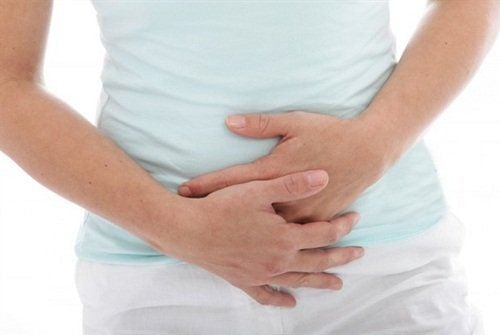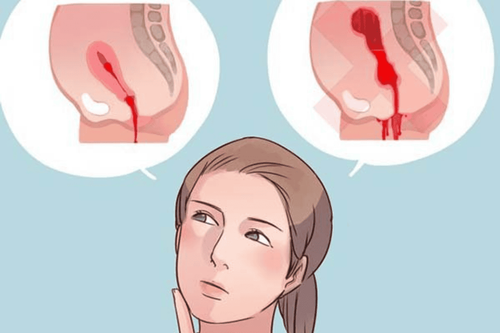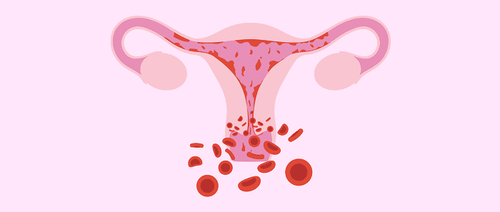This is an automatically translated article.
The article was professionally consulted by Doctor Le Van Linh - Department of Obstetrics and Gynecology - Vinmec Phu Quoc International General Hospital.Postpartum discharge after normal delivery or cesarean section is a condition that occurs in the postpartum period, although it is not life-threatening, but if it is not completely handled, it will make the patient feel uncomfortable, which can cause serious complications. complications such as bleeding that does not stop, blood clotting disorders...
1. What is postpartum fluid blockage (obstruction)?
Normally, after a woman gives birth to a baby (natural birth and cesarean section), the placenta will be removed, at this time the mother's uterus will contract to form a safe sphere, in case the uterus contracts. Good recovery will help to stop physiological bleeding and minimize postpartum blood loss.
Every day the uterus will shrink about 1 - 1.5cm until it is in the pelvis of the pregnant woman and is no longer palpable. Along with the process of uterine contractions, the fluid from the uterine cavity, also known as the discharge, will flow out through the vagina. The fluid is made up of remnants of amniotic fluid, small blood clots from placental wounds, debris from the endometrium, and secretions from wounds in the cervix and vagina. birth caused. Postpartum fluid is very easily decomposed and bacteria attack and thrive. The process and time of discharge, cleaning of postpartum fluid in each woman is different, depending on the location of each person.
Postpartum fluid retention after caesarean section or normal delivery is a condition where the fluid is stagnant in the uterus, unable to drain out. If the fluid is blocked (obstructed) without timely intervention, it will lead to the infected fluid, causing uncontrollable bleeding, a blood clotting disorder that is extremely dangerous to the life of the mother.
See more: How long after cesarean delivery will stop the discharge?
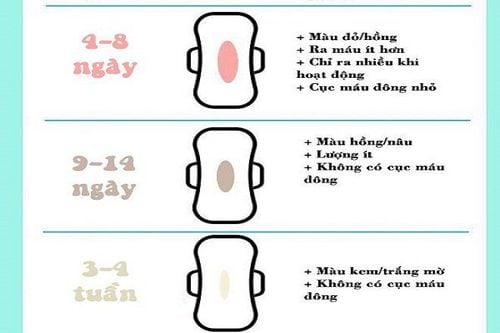
Sản dịch sau sinh sẽ kết thúc tùy thuộc vào cơ địa của từng người
2. Causes of fluid retention after cesarean section, normal birth
There are many women who experience fluid retention after normal delivery and cesarean section, the causes of this condition can be:
Due to the slow contraction of the mother's uterus because the mother has lost a lot of blood during pregnancy. at birth. Due to poor maternal health, exhaustion. Due to remaining each other. The maternal uterine muscle tone is poor due to the overstretched uterus. Cases of large fetus, multiple pregnancy, polyhydramnios, labor during prolonged delivery. Because the mother is sedentary after giving birth. Because the cervix is closed, the fluid cannot escape.
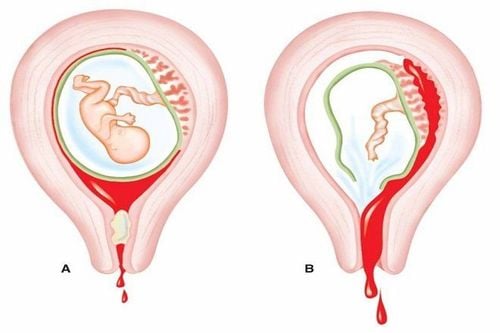
Nguyên nhân gây bế sản dịch sau sinh là do còn sót nhau thai
3. Symptoms of fluid retention after normal delivery, caesarean section
The postpartum discharge process of the mother usually lasts from 20 to 30 days depending on the location of each person, however, by about the 12th day onwards, the discharge will become paler and the bottom of the uterus will no longer be visible. In the case of suspected lactation after cesarean section or vaginal delivery, the mother should watch for the following signs:
There is little discharge, the discharge has a foul odor due to an infection Touching the abdomen hard lumps Fever Mild tension, pain in the lower abdomen The cervix is closed, when using the hand to dilate the cervix, there is a dark and foul-smelling discharge, pain when pressing the fundus Not only by cesarean section but also many women Postpartum fluid retention after normal delivery, this is a very dangerous postpartum condition if not handled promptly. Normally, after being blocked (obstructed) postpartum, the mother will be examined by a doctor and dilated the cervix with specialized instruments to remove all the cells and stagnant fluid inside the uterus. outside.
See more: Dilation of the cervix due to the end of maternity

Căng tức, đau vùng hạ vị là triệu chứng của bế sản dịch sau sinh
4. How to prevent postpartum fluid blockage (obstruction) effectively?
To limit the situation of fluid retention after vaginal birth and cesarean section, postpartum women should pay attention to the following issues:
Should be properly and properly cleaned: The fluid creates a favorable environment for bacteria and parasites. Harmful bacteria grow very quickly, easily causing vaginal and uterine infections, so it is necessary to clean the private area properly, regularly change tampons, clean the intimate area every time the dressing is changed and keep keep the vagina dry. Should move gently, avoid lying down a lot: Gentle movement is a way to help push out the fluid quickly and effectively. Although resting helps pregnant women recover quickly, if they don't want to be stuck with fluid after cesarean or vaginal birth, they should exercise gently and continuously. Breastfeed as soon as possible: Breastfeeding will help stimulate the uterus to contract to push the fluid out. Therefore, one of the ways to help women not be stuck in the postpartum period after giving birth or having a caesarean section is to breastfeed as soon as possible. In particular, pregnant women should not lie down with their legs crossed right after giving birth, do not wear tight garters, should not wipe the private area with rough paper, wet towels with scents, chemicals, and should not use soap on their own. or cleaning solution, do not douche to avoid causing damage to the private area, should not use the bath, should not use tampons for 4-6 weeks postpartum to help prevent fluid retention after vaginal birth, birth effective surgery.
In case, postpartum women see a small amount of discharge, have abnormal symptoms such as: low fever, hard lumps in the abdomen, pain in the lower abdomen, should not be delayed, need to go to the hospital immediately. Reputable medical doctor to be examined and treated by a specialist, avoiding long-term dangerous complications.
The Department of Obstetrics and Gynecology of Vinmec Medical System is satisfied by customers for its service quality and privacy.
A team of highly qualified and experienced doctors: the doctors here are all professors, doctors, specialists I, II, and masters who are well-trained and specialized in hospitals. leading national and international universities. Comprehensive gynecological examination: Provide a variety of gynecological examination packages from pre-marital to post-marital. Customers will receive: Gynecological examination, bilateral breast ultrasound, transvaginal ultrasound of the uterus and ovaries, total urinalysis by automatic machine and test for infertility, syphilis, pre-cancerous cervical cancer screening. Modern equipment system: The most advanced and modern diagnostic and treatment equipment in the world are imported from the US, UK, Germany, Japan and Singapore, on par with leading hospitals. in the area. Ensure patient privacy: Applying a 1:1 medical examination and treatment model (one doctor - one patient), all medical information is analyzed and meticulously evaluated by the doctor after being examined. Absolute security. No separate examination, meeting 5-star standards. To register for examination and treatment with leading doctors in the Department of Gynecology - Vinmec International General Hospital, please click the "Contact Us" button on the website, or register for an online examination HERE.






